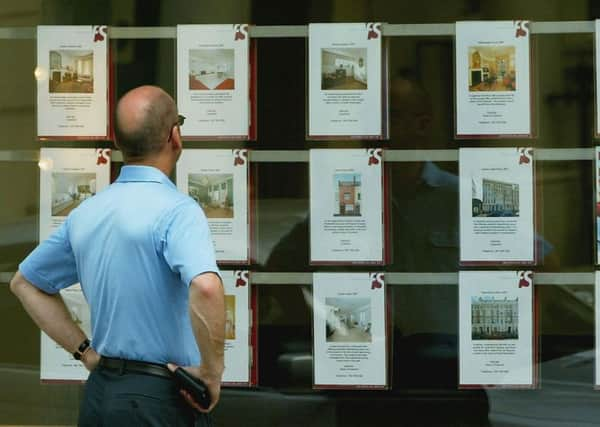Scots property market slows at top end


Prices of Scottish country houses slumped by 0.7 per cent between July and September, the first quarterly fall since March 2013, while annual price growth slowed to 0.6 per cent over the past 12 months, down from recent highs of 2.8 per cent.
Knight Frank, which produced the research, said the new Land and Buildings Transaction Tax (LBTT), which replaced stamp duty in Scotland, is driving prices downwards as buyers and vendors take account of the extra costs incurred by the new levy.
Advertisement
Hide AdAdvertisement
Hide AdThe company has warned that any slowdown in sales is likely to have a detrimental effect on the Scottish Government’s tax receipts.
In its latest Prime Scottish Property Index, the firm highlights the “significant increase in purchase costs” as a result of the new tax. A house sold for £2 million, for example, now comes with costs of £198,350 under LBTT. Knight Frank said that as a result, negotiations between buyers and vendors have become more protracted. In some instances, it adds, “this has led to prices being adjusted downwards to account for the higher charge”.
Ran Morgan, head of Knight Frank in Scotland, said: “Prices in the wider prime Scottish market have fallen over a quarterly basis for the first time in over two years. Despite this we are still seeing pockets of stronger performance across the lower price bands which have not been affected to the same extent.
“Any slowdown in sales is likely to have a knock-on effect on tax receipts.”
In an additional study, the Edinburgh City Index, the company found that LBTT is having an impact in at the top of the capital’s market, with prime property prices creeping up by just 0.4 per cent from July to September.
The rate of annual price growth in the city slowed to 2.5 per cent, its lowest level since September 2013. Edward Douglas-Home, head of Edinburgh city sales at Knight Frank, explained: “We are now starting to see the true impact of LBTT on prime property prices.”
However, the Prime Scottish Property Index research shows some good news for the prime market. Despite the slowdown, activity has increased, with the number of Scottish country house sales completed by the company in the third quarter of 2015 rising “markedly” compared to last year. How many homes in Scotland lie empty?